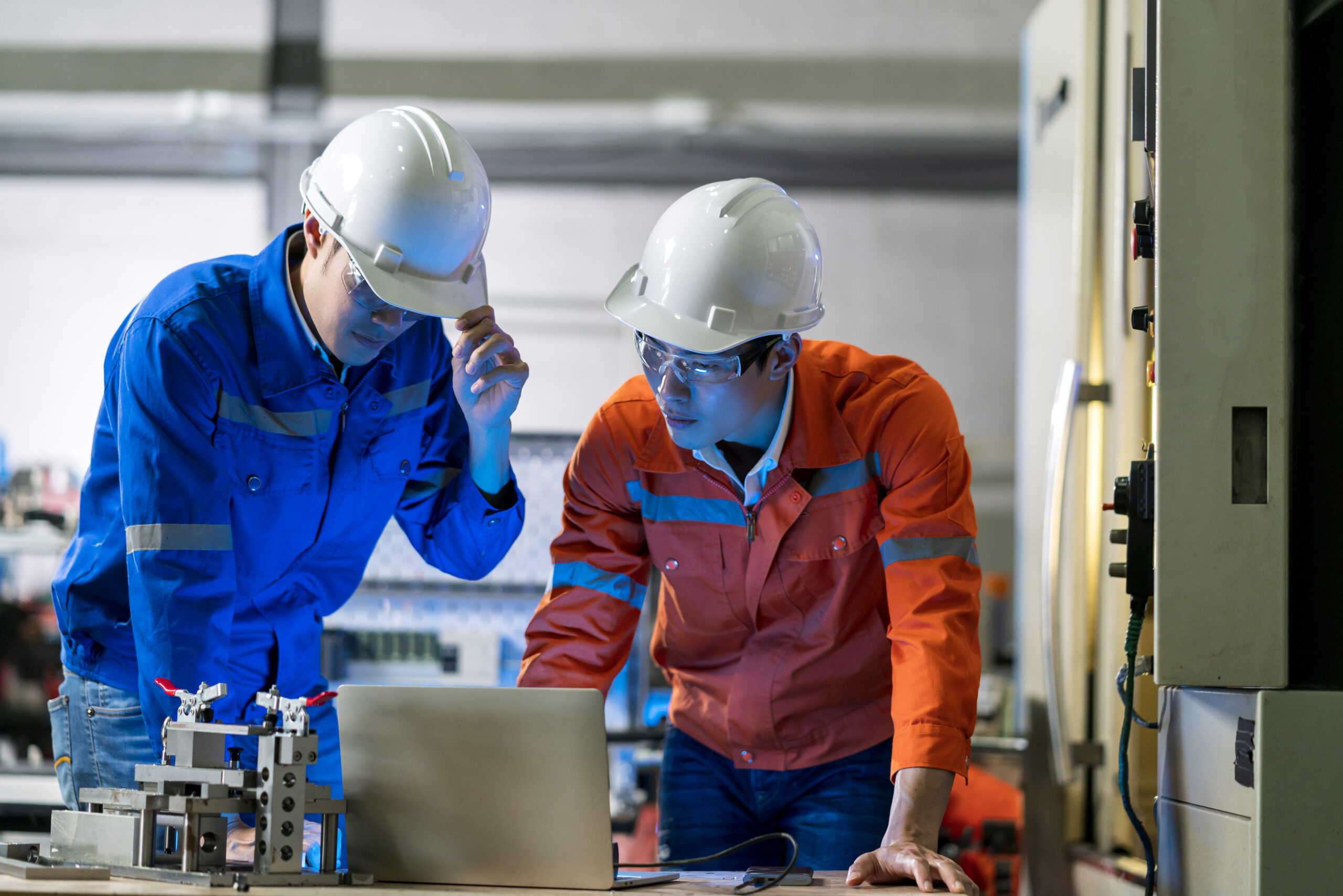Temperature sensors
WKDTR
Features
- Wide range of measurement
- Ouick response
- Simple installation
- Long life span
- Excellent mechanical strength, and vibration resistance.
- Custom sheath outer diameters available
Mineral insulated resistance thermometers are known as WKDTR RTD sensors. In general, temperature affects a metal’s electrical resistance. Compared to most other metals, platinum is more linear and has a higher temperature coefficient. As a result, it works best for measuring temperature. Platinum has outstanding physical and chemical characteristics. For long-term use as a resistance element for temperature measurements, industrial high purity elements are easily obtainable. Because the features are outlined in JIS and other international standards, a very precise temperature reading is made possible.
01
Introduction to Temperature Sensors
In industries where precise temperature measurement is critical for process control and safety, WZPK RTD temperature sensors stand as stalwart instruments, providing reliable and accurate readings even in the most demanding environments. These sensors, equipped with mineral-insulated resistance thermometers, offer a robust solution for temperature monitoring across a wide spectrum of applications. WZPK RTD temperature sensors are a type of resistance temperature detector (RTD) commonly used for measuring temperature in industrial applications. RTDs operate on the principle that the electrical resistance of certain materials changes predictably with temperature. Mineral-insulated RTDs, as the name suggests, use a mineral insulation material to protect the RTD element (usually made of platinum) from environmental factors such as moisture, vibration, and pressure. This design makes them robust and suitable for harsh environments.The RTD element itself is typically made of platinum, which is known for its stability and accuracy over a wide temperature range.

02
Uses of Temperature sensors
Temperature probes including RTD and TC sensors on the terminal head. The primary purpose of temperature probes is to measure fluid and gaseous temperatures. The dependable sealing capability of this installation type under vacuum and under overpressure is a crucial selection factor. The HVAC, kiln, and apparatus engineering sectors, as well as refrigeration engineering. High Strength & Vibration Resistance: Performs reliably in harsh environments, including vibrations.

03
Applications of Temperature sensors
Wide Measurement Range: Operates from -200°C to +500°C, suitable for various applications. Quick Response: Small heat capacity enables high sensitivity and rapid temperature detection. Easy Installation: Flexible design allows on-site bending for complex configurations. Long Lifespan: Magnesium oxide insulation prevents resistance deterioration, ensuring durability.
Principle of Temperature sensors
In general, a metal’s electrical resistance changes with temperature. Compared to most other metals, platinum in particular is more linear and has a higher temperature coefficient. For this reason, it works best while measuring temperature. Platinum has exceptional physical and chemical qualities. It is easy to get industrial high purity elements for use as resistance elements in temperature measurements over an extended period of time. Because the features are outlined in JIS and other international standards, it is possible to detect temperature with extreme precision.
Technical Specification
Sensor
Pt100 or Pt1000 or Cu50 etc
Temperature
-200℃ to +850℃
Output
4-20mA / RTD
Supply
DC12-40V
Applications
Heating and Cooling Reactors
Disinfecting and
Sterilizing
Waste Heat Recovery Boilers
Dyeing WasteWater
Exhaust Gas Treatment
content.
Fertigation System
Accessories
Documents

Wellkonix global commitment to the Chemical Industry
Wellkonix is the world leader in automation solutions to the chemical industry. As a global player, we have strong local support in any region that you run your business
Solutions
automation
Project execution
Providing solutions of every kind, at all times in chemical industries
Wellkonix engineers were all very affected person and cooperative during the early engineering and start-up phases. We labored as one team thru to the completion of this plant project


